Enhancing Urban Water Management Through Remote Monitoring and Alarming Systems
In today’s rapidly urbanizing world, the management of city rivers and lakes has become a critical concern for ensuring environmental sustainability and public health. Remote monitoring and alarm systems offer a promising solution to tackle this challenge by providing real-time data and timely alerts to city authorities. Let’s dive into how these technologies are revolutionizing urban water management!

image source: https://www.pexels.com/zh-cn/@kokorevas/
City Rivers Remote Monitoring
City rivers often bear the brunt of urbanization, facing pollution, encroachment, and fluctuating water levels. Remote monitoring systems equipped with sensors can continuously track parameters like water quality, flow rate, and contaminant levels. These data are transmitted via 5G/4G IoT gateway in real-time to control centres, where algorithms analyze the information and trigger alerts if any parameter exceeds safe limits. By promptly detecting pollution events or abnormal water levels, authorities can take immediate action to mitigate risks and protect the ecosystem.
Below is a typical diagram of a water level monitoring and alarm system using IoT and 5G/4G technology. The whole system includes
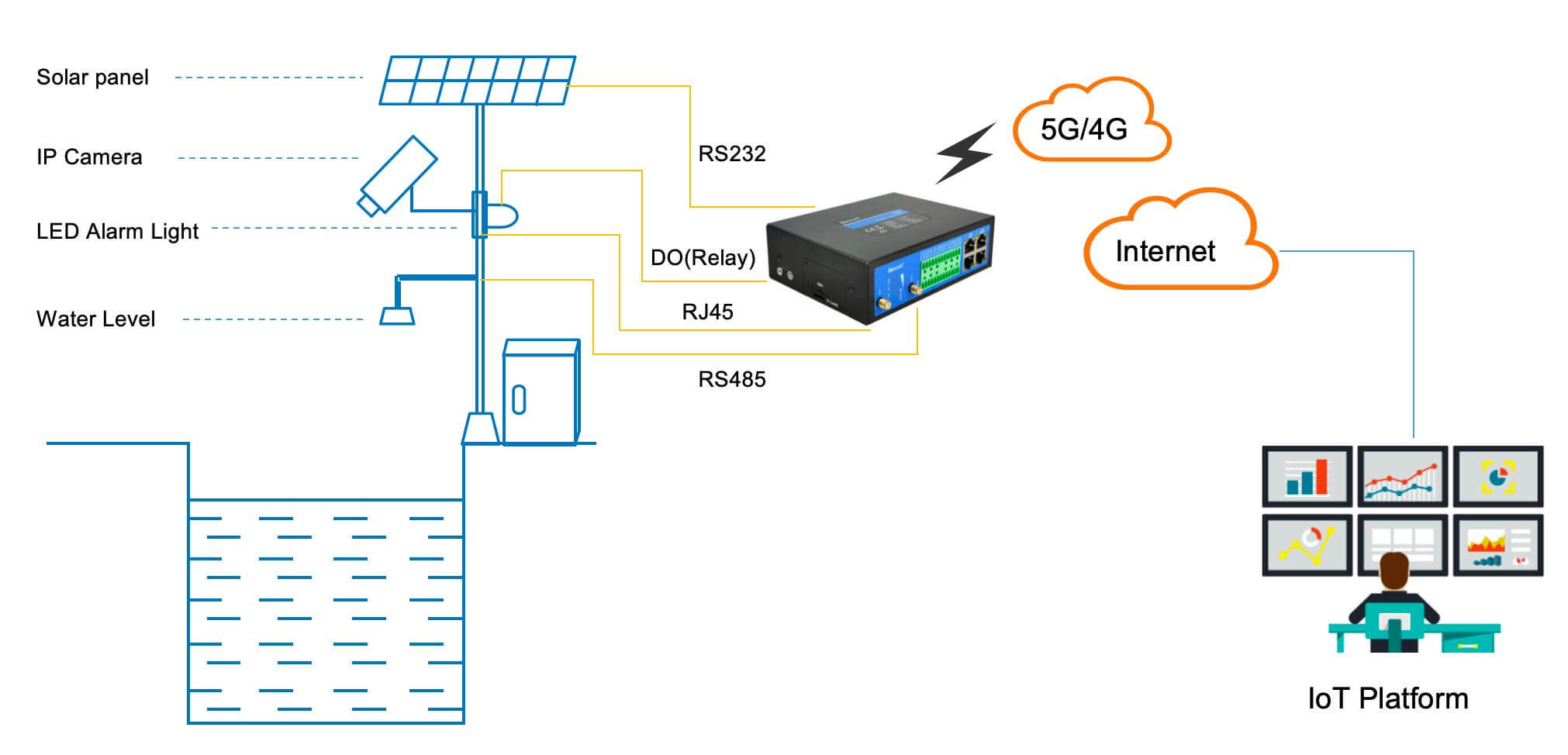
- Solar panel and battery bank
The solar panel is used to generate electricity to provide energy for onsite devices, and excess electricity will be stored in the battery bank.
- IP camera
The IP camera is used for real-time video viewing and capture when an emergency happens.
- LED alarm light
The LED alarm light will be triggered and flash when the water level achieves a certain level.
The water level sensor detects and measures the depth or level of water in city rivers and lakes and transfers the data through a 4G gateway to a cloud IoT platform.
- Industrial 4G gateway
The gateway is used to connect to IP camera, water level sensor, LED alarm light, and solar panel, providing 4G connectivity for real-time video, and data transmission.
A Cloud IoT platform is a type of cloud service specifically designed to facilitate the deployment and management of Internet of Things (IoT) devices and applications. These platforms provide various tools and services to collect, store, analyze, and visualize data generated by IoT devices connected to the internet.
Lake Monitoring and Alarm Systems
Urban lakes are essential features that enhance the aesthetic appeal of cities and provide recreational spaces for residents. To preserve their ecological balance, remote monitoring systems are deployed to oversee water quality, oxygen levels, and algal blooms. In the event of deteriorating water conditions, such as toxic algal blooms or oxygen depletion, alarm systems send notifications to authorities for swift intervention. This proactive approach not only safeguards the health of the lake ecosystem but also ensures the safety of people who interact with these water bodies.
Advantages of Remote Monitoring and Alarm Systems
Early Warning: Rapid detection of water quality issues allows for proactive measures to be taken before significant harm occurs.
Data-Driven Decisions: Real-time data empowers authorities to make informed decisions based on accurate and up-to-date information.
Cost Efficiency: By preventing or addressing water management issues promptly, cities can avoid costly clean-up efforts or public health crises.
Future Outlook
As technology advances, the capabilities of remote monitoring and alarm systems for city rivers and lakes are expected to improve further. Integration with Artificial Intelligence (AI) and Internet of Things (IoT) solutions will enable more sophisticated predictive analytics and automated responses to water management challenges. Moreover, the emphasis on sustainability and environmental preservation will drive the adoption of these systems in cities worldwide.
In conclusion, remote monitoring and alarm systems play a pivotal role in enhancing the resilience and sustainability of urban water bodies. By leveraging these technologies, cities can monitor, protect, and preserve their rivers and lakes effectively, ensuring a healthier environment for current and future generations.
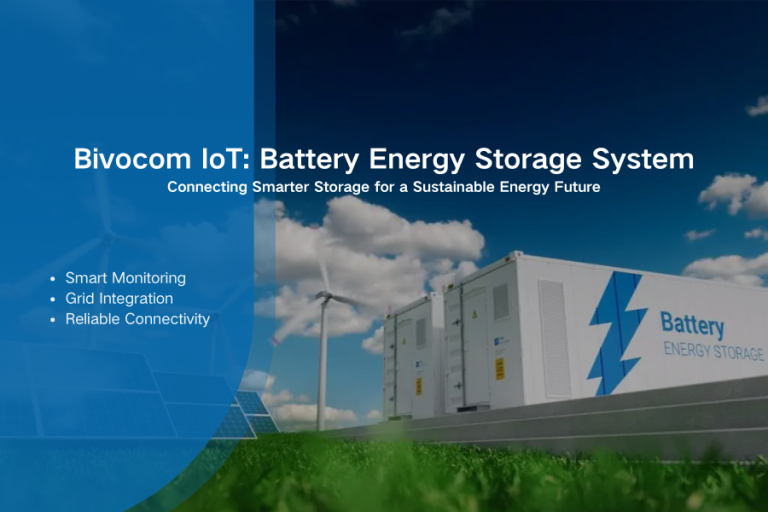
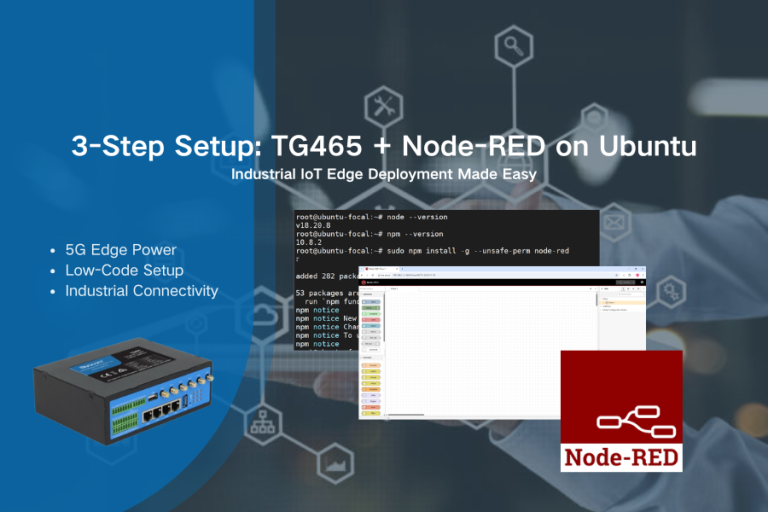
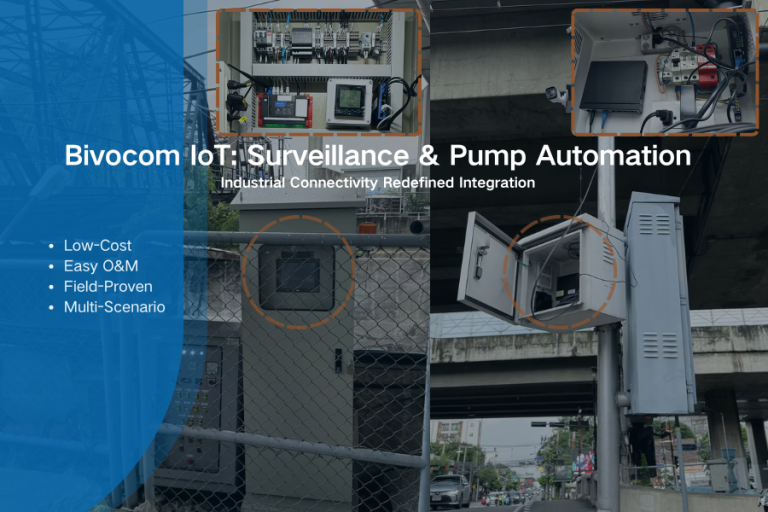
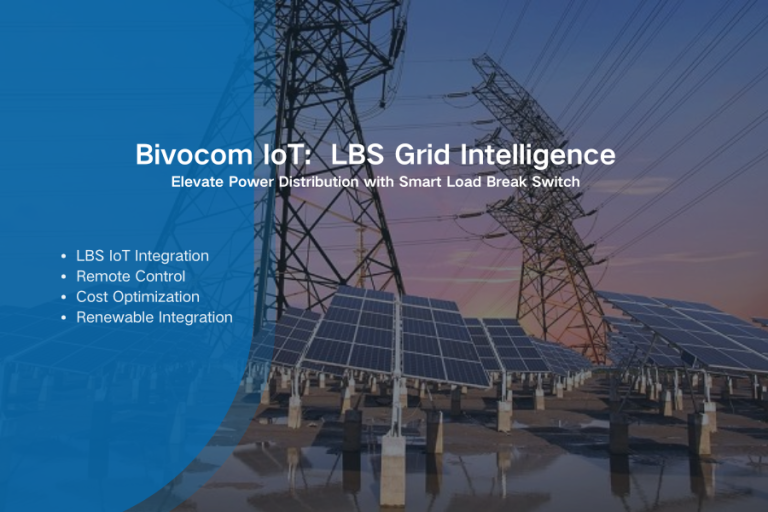
Comment